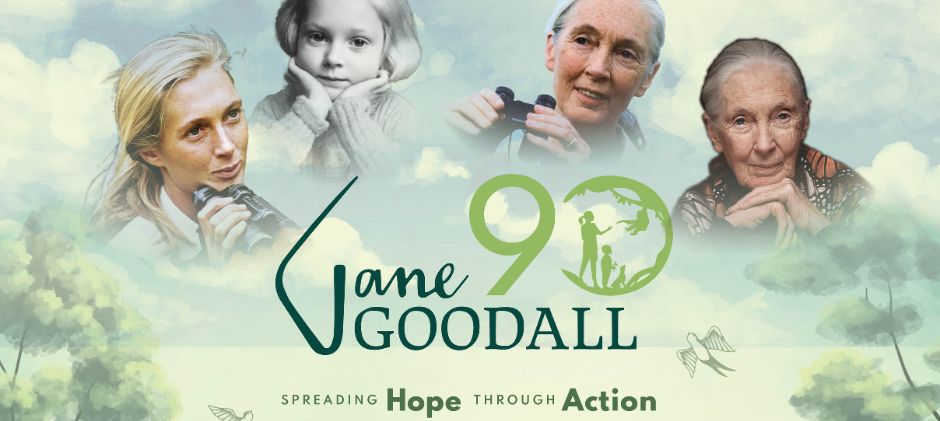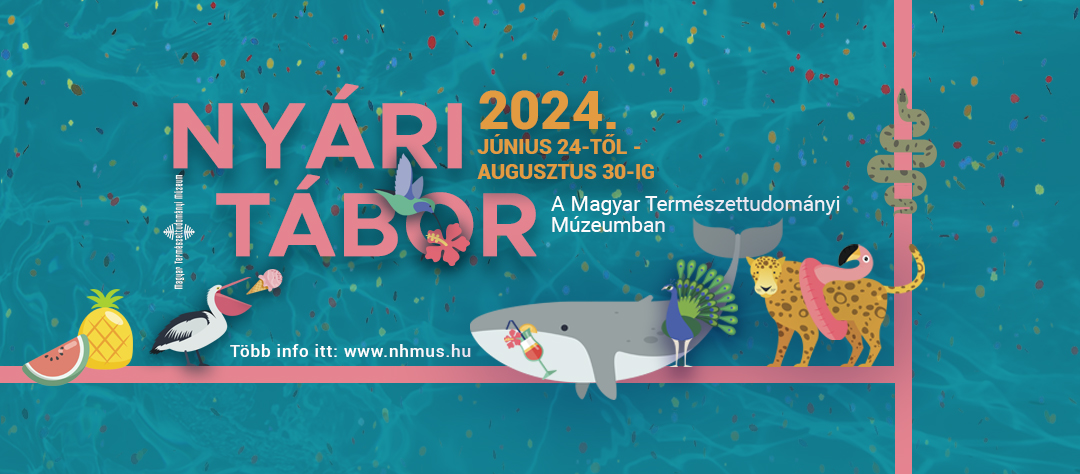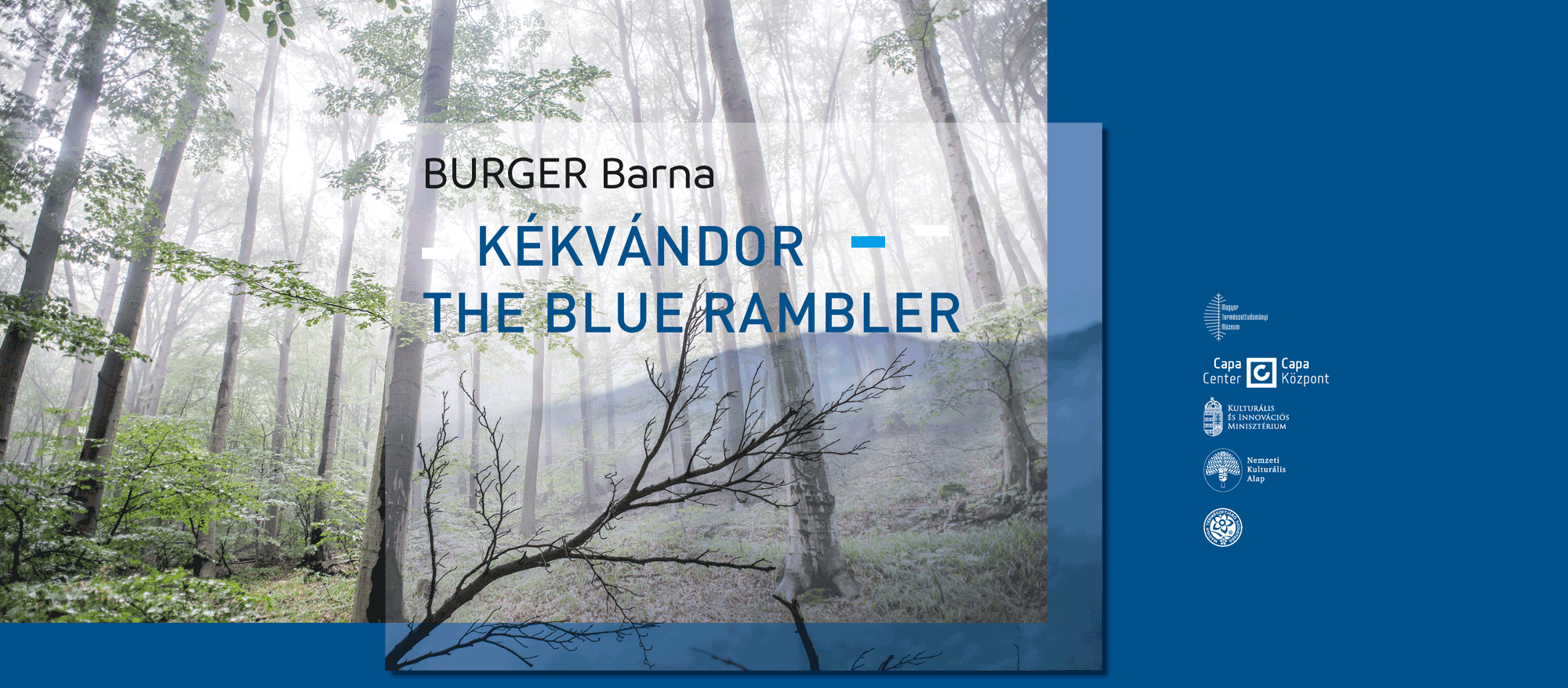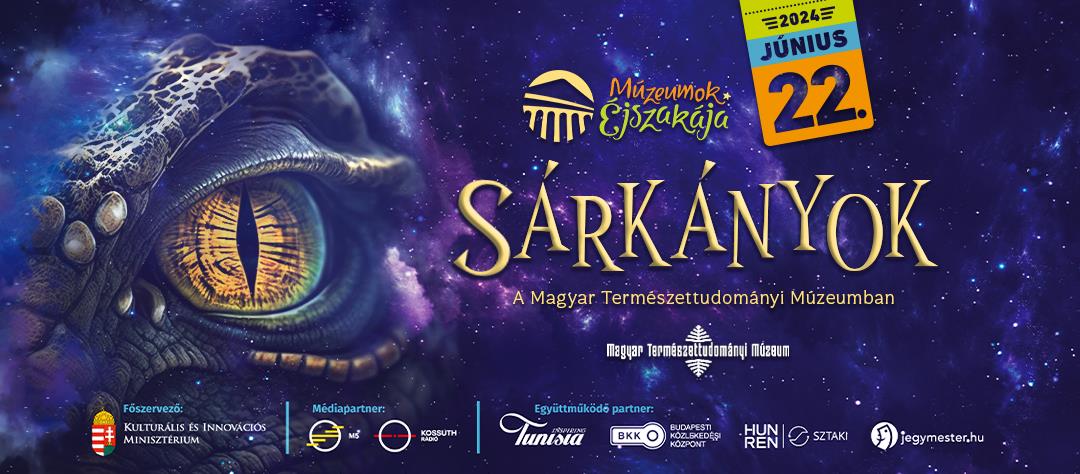Carles Martín-Closas came from the University of Barcelona to our museum to study a group of aquatic fossil plants called charophytes. These types of algae, which are ancestors of land plants, live today in ponds and lakes.
The ambitious researcher focuses on fossil species from the Cretaceous and Tertiary to reveal the dynamics of their migration, doing evolutionary, paleogeographical and biostratigraphical examinations and making comparative analyses on specimens from different parts of Europe. We asked Carles about the objective of his Synthesys funded project which is to revise the species and the nomenclature of the unique Klára Rásky charophyte collection.
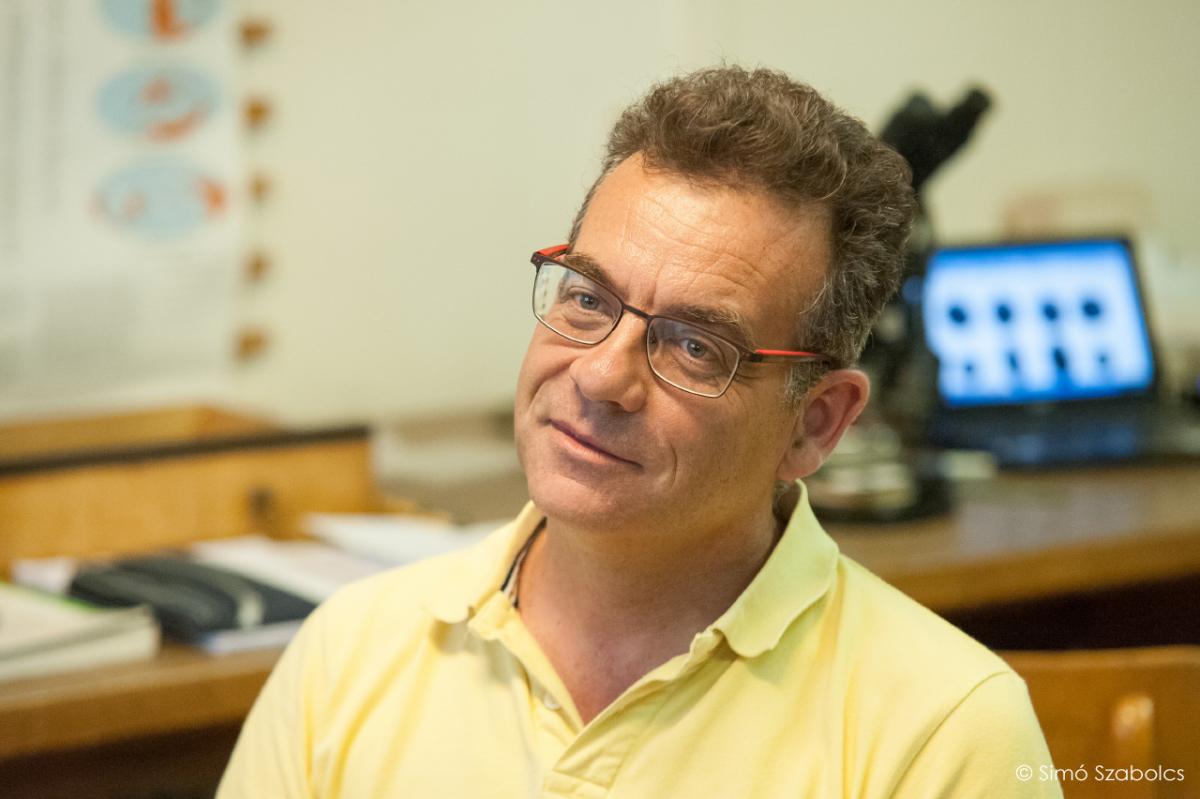
What is your Synthesys funded project about?
My purpose is to analyse and revise the charophyte collection of Klára Rásky. The species of this precious collection were published in 1945 when these kinds of fossils were still poorly known. Our knowledge of charophytes has improved a lot since researchers started to comparatively analyse the extant and fossil charophyte plants starting in the 60s and the 70s. However, this collection has never been re-studied or revised in depth since 1945. This only publication, which is actually available everywhere in Europe, is insufficient to understand which species constitute the collection. So my objective is to clarify the taxonomy and compare these fossils with the specimens of other collections held in Western European institutes.
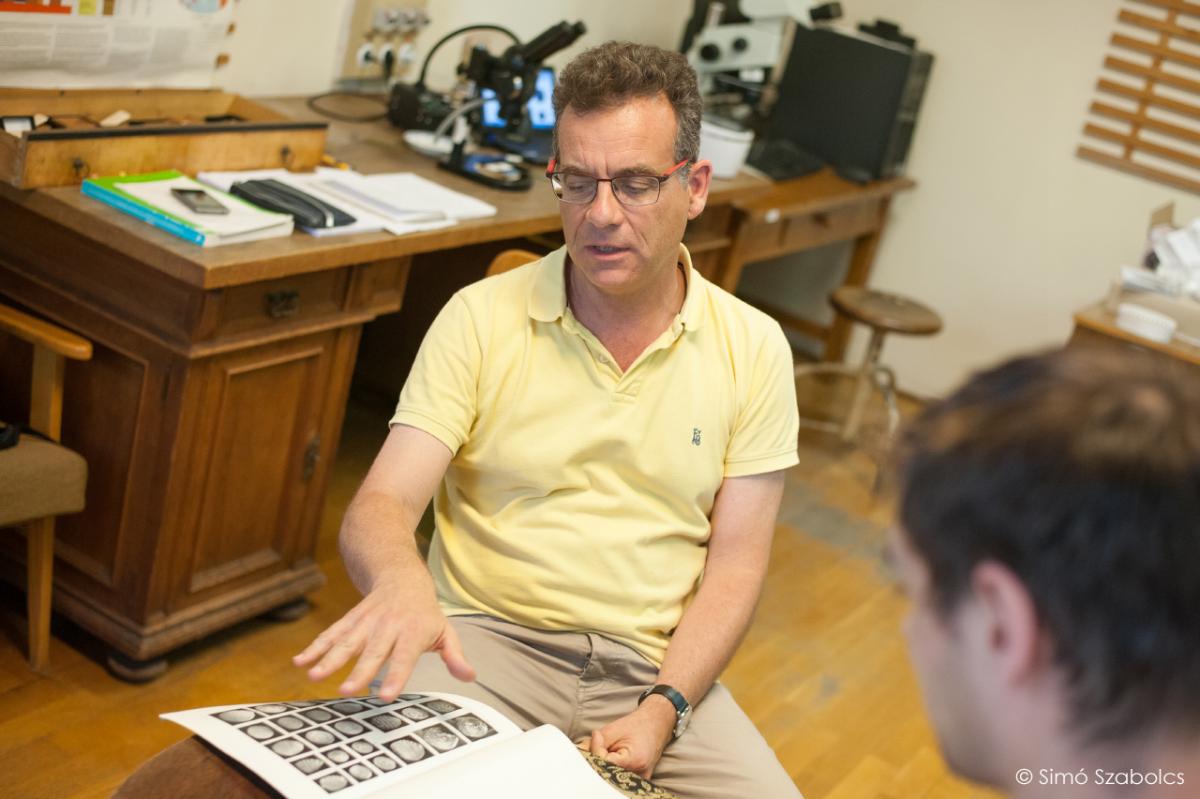
What is the purpose of this comparison?
The comparison helps us understand the distribution of species. For instance, in the Cretaceous, the geography of Earth was quite different from now. We need to understand the dynamics of the migration of different species, which is a rather complicated task to achieve. We know well the continents and seas of the Cenozoic but if you study earlier time periods, for example the Mesozoic, you would see a lot of scattered islands of an ancient sea in the area which is known today as Europe. Hungary was one of these small islands.
It is important to know whether the charophyte species of the Hungarian Natural History Museum were similar to the species somewhere else in the archipelago. By the identification of species, we can determine the age of rocks and sediments, which helps us in reconstructing the ancient floras and studying the evolution of plants. I have found the same species in several areas, which might mean that the species from different islands were somehow connected
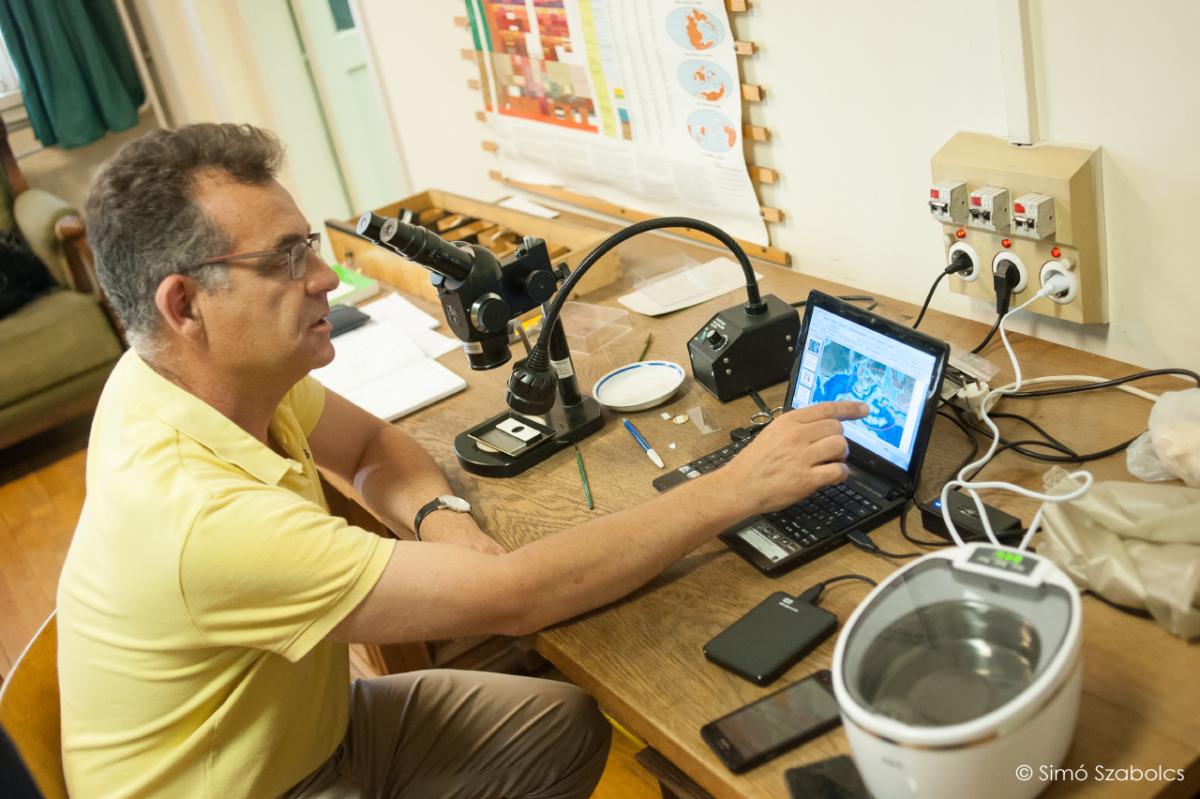
How can you identify charophyte algae?
We study the fructifications, which are like seeds of plants and have different features. The fructification is almost always preserved in the fossil record since it accumulates calcium carbonate during the life cycle of the charophyte. Only female organs can be calcified so these are actually the only reproductive remains that can be found in the fossil record, along with rare vegetative remains.

This is a fossil charophyte fructification from the Cretaceous of Hungary with a globular shape- There are three groups of branches, similar to the group depicted here, that cover this fructification. With these characteristics we can identify the species (photo: Carles Martín-Closas)
Does every charophyte species have distinctive fruit shapes?
Nature is never that simple. It can happen that we find three fructifications from the same species that show slightly different features. This kind of variation is called polymorphism, which can sometimes be quite confusing. In the case of charophytes you need a certain amount of material to see the variation. However, samples coming from boreholes (such as Klára Rásky’s collection) never have enough material, which makes it even more difficult to identify the species.
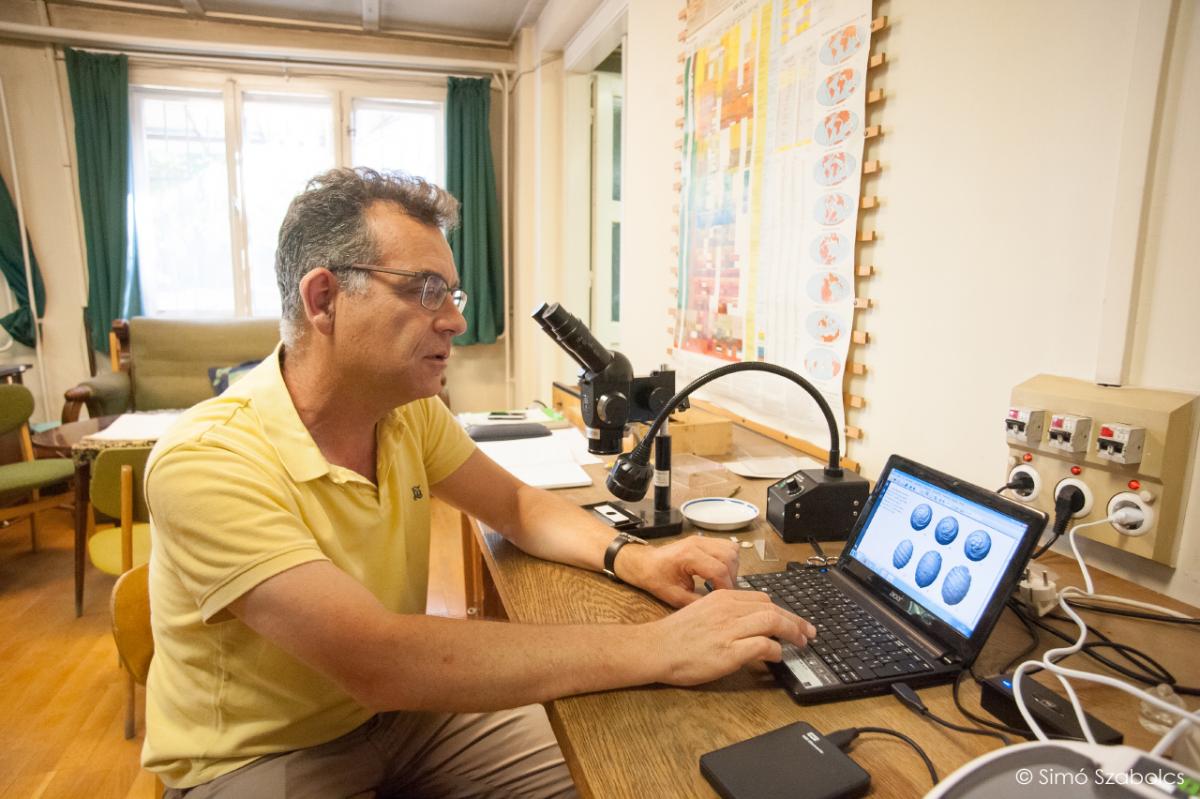
Are charophytes good paleoenvironmental indicators?
The extant ones are very good environmental indicators. They can characterize the quality and chemistry of the water, especially the presence of nutrients like phosphorous or nitrogen. However, this is more difficult in the case of fossil species. At the moment, we can separate groups that are more typical of brackish water, which means they have been somehow connected to the ocean, species that are more typical of freshwater permanent lakes and species that are more typical of temporary or ephemeral lakes.
You also mentioned that you use the species for dating. Could you explain the process?
In a nutshell: these plants are evolving quite rapidly, but gradually. For instance some structures of the fructification, called ornamentation, become more sophisticated with time. We correlate these changes with the paleomagnetism of the Earth. Using this method we can tell which specimen is from which age and follow their evolution through millions of years.
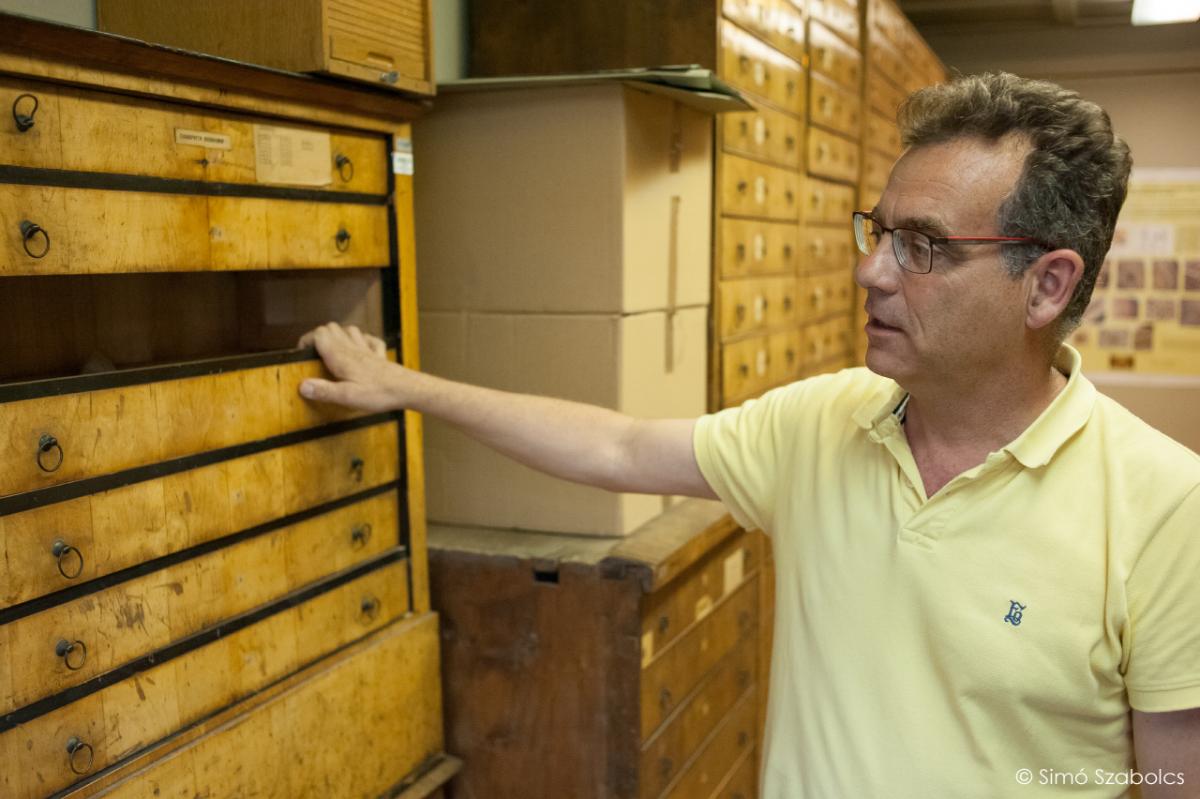
Would you show us the collection here?
Of course, but you will not see too much as these plants are microfossils. This collection was created by Klára Rásky, who published a scientific paper called “Fossile Charophyten-Früchte aus Ungarn” in 1945, during the Second World War. You realize it was not an easy period with bombs falling all over Budapest .She described the species carefully from the material she had and according to the publications available to her at that difficult time, when communication among scientists from different countries of Europe was almost impossible. The material of this collection is from boreholes, and not from outcrops. Boreholes are so expensive to make, that it would be impossible to drill new ones from the same area now. It is a privilege to have this material here for study.
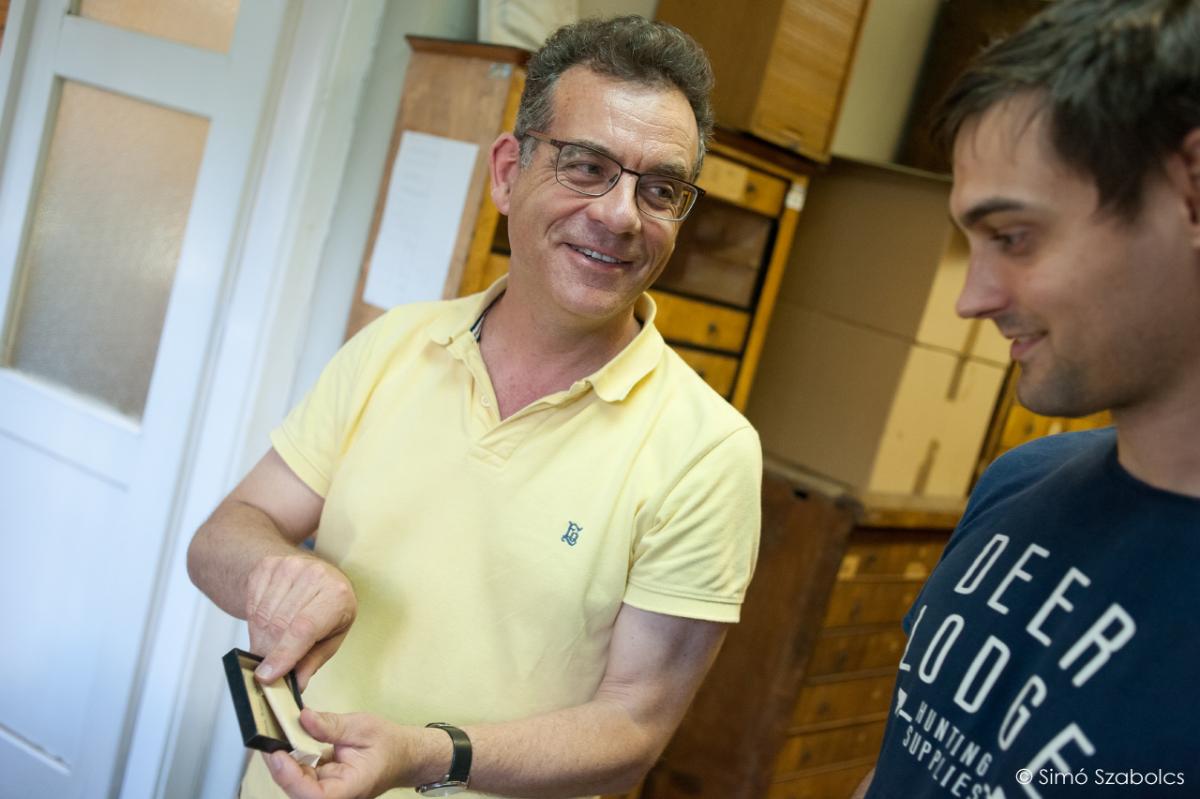
How do you extract samples?
To get samples from the sediment you first have to disaggregate it in water or with slight acids–carefully, to avoid damaging the sample -and then you have to sieve it through, and finally pick them for microscopic study.
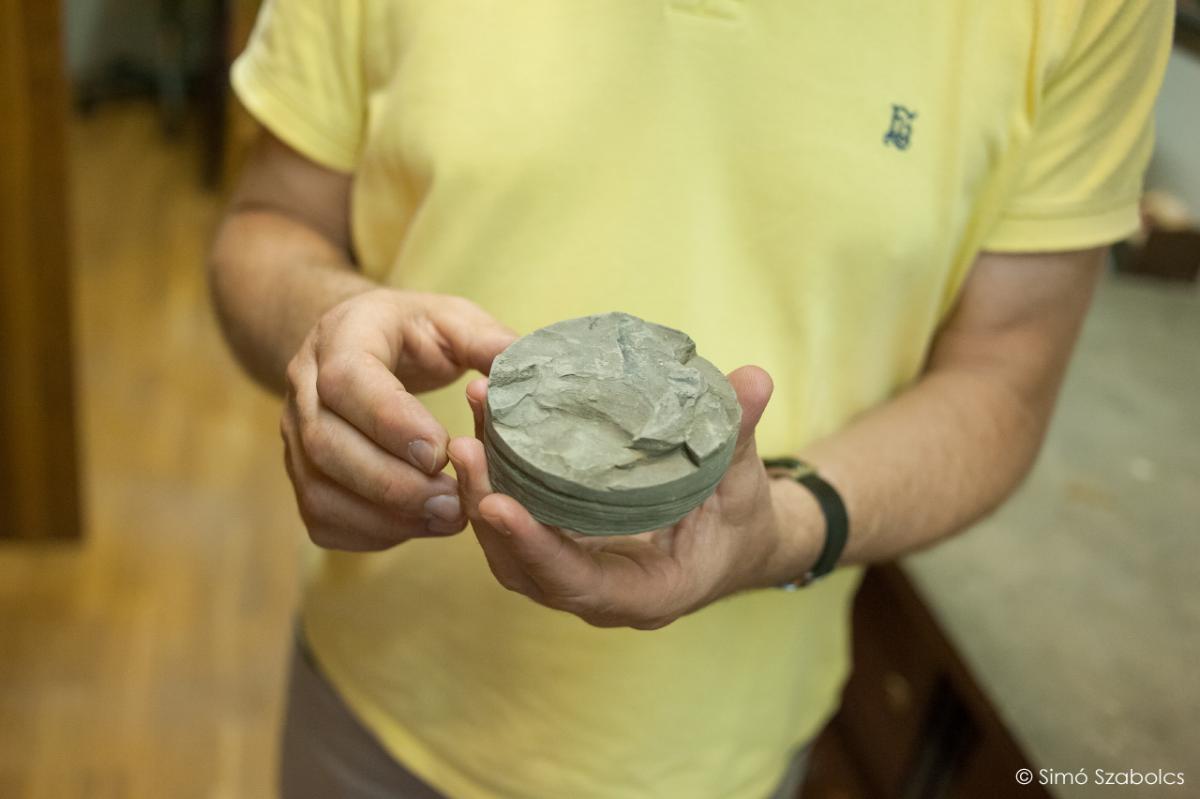
Have you discovered any new species in this collection?
No, in fact what I do is completely contrary. I revise all the species Klára Rásky described in order to know which presently accepted species they actually belong to. Back then she named a lot of species and ranked them in only four different genera. Now there are much more genera known and many of the species she described are grouped in the same taxon. Without seeing the collection, the publication alone is not sufficient to understand what she meant in 1945. In addition, the names of the species that were used in the forties are not in use anymore. Her taxonomy is almost like a hieroglyph for us. You see the text but you cannot understand what it means. So my purpose is to write a new publication revalorizing this collection to make it again useful for scientists.
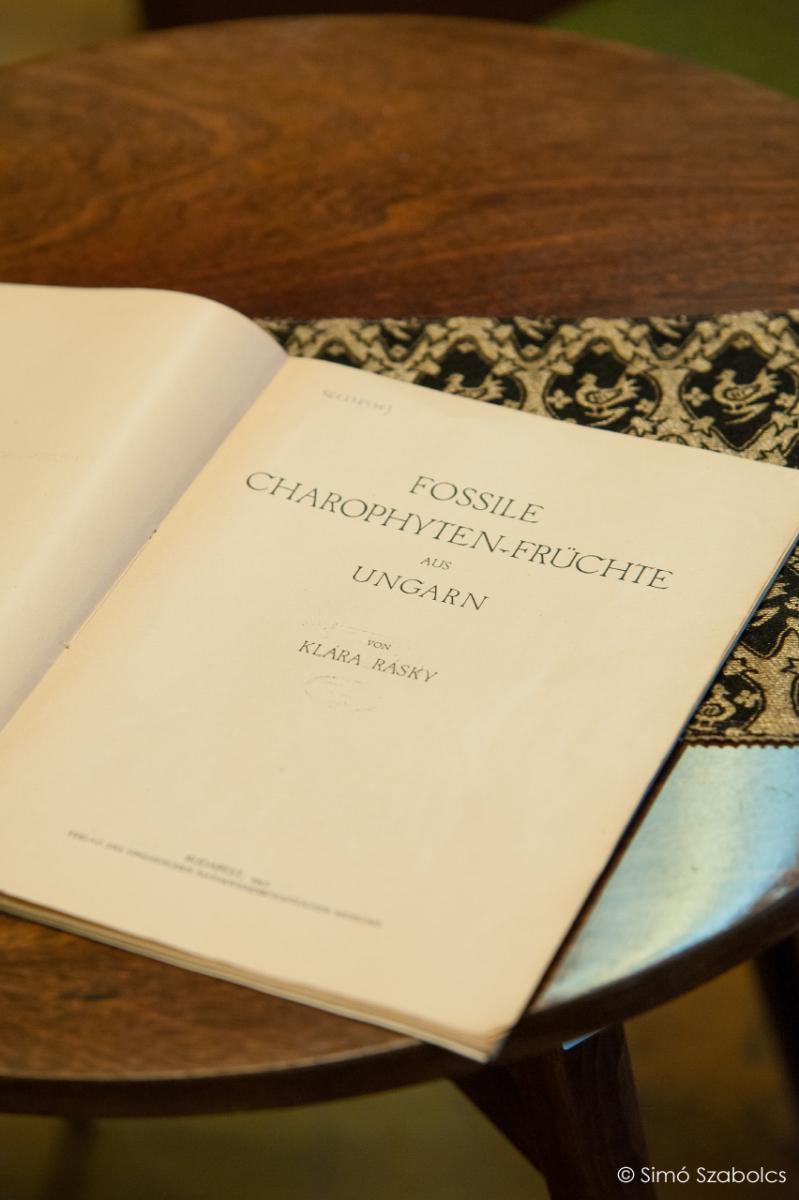
Written by: Krisztián Kucska, Bernadett Döme
Photos: Szabolcs Simó
